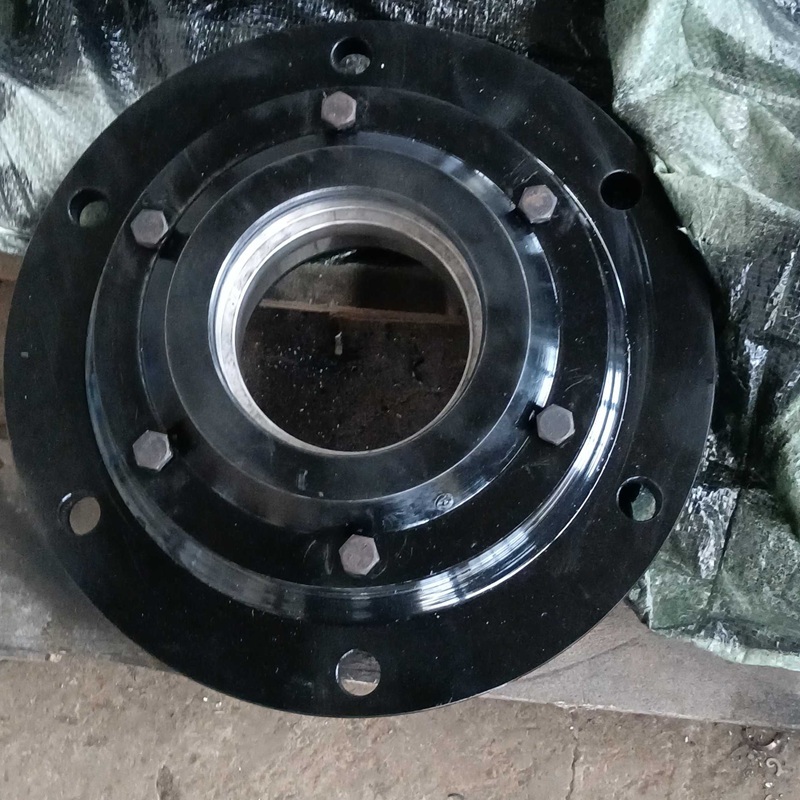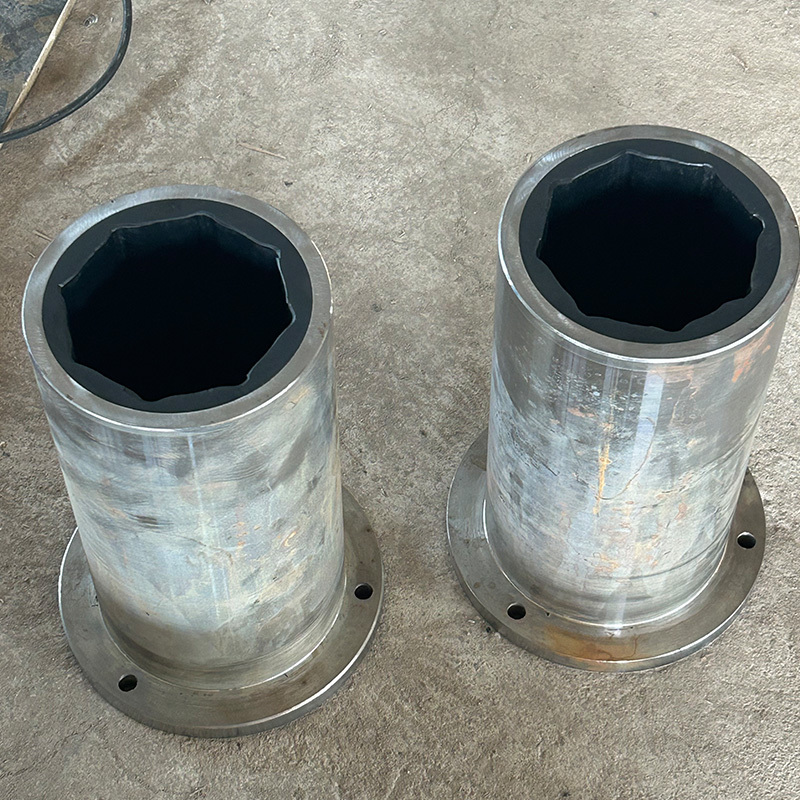Understanding Water-Lubricated Bearings: A Sustainable Solution for Industrial Applications
Release Time:
May 02,2025
Water-lubricated bearings are an increasingly popular choice in various industrial applications, particularly in environments where traditional oil-based lubricants may pose environmental risks. These bearings utilize water as their primary lubricant, providing several advantages that make them suitable for diverse operational settings. One of the most significant benefits of water-lubricated bear
Water-lubricated bearings are an increasingly popular choice in various industrial applications, particularly in environments where traditional oil-based lubricants may pose environmental risks. These bearings utilize water as their primary lubricant, providing several advantages that make them suitable for diverse operational settings.
One of the most significant benefits of water-lubricated bearings is their eco-friendliness. Because they rely on water rather than oils or greases, they reduce the risk of chemical spills and environmental contamination. This characteristic is especially critical in industries such as marine applications, where bearings are exposed to harsh conditions and must operate effectively without harming aquatic ecosystems.
Another advantage is the ability of water-lubricated bearings to perform efficiently under specific conditions. They are well-suited for low-speed and high-load applications, where the hydrodynamic lubrication film can be maintained effectively. The unique design of these bearings allows them to self-align and adjust to varying loads, enhancing their reliability and longevity. Moreover, the water used in lubrication can help to dissipate heat more effectively than some traditional lubricants, promoting better temperature control during operation.
Maintenance is another crucial aspect where water-lubricated bearings shine. These bearings typically require less maintenance than their oil-lubricated counterparts, as they do not suffer from common issues like oil degradation or contamination. By reducing maintenance requirements, companies can lower operational costs and improve uptime, ultimately enhancing productivity.
However, it is essential to consider the material used in the construction of water-lubricated bearings. They are often made from advanced materials such as polymers or composites, which can withstand corrosion and wear in the presence of water. Proper material selection is crucial to ensure optimal performance, particularly in demanding applications where bearing failure could lead to significant downtime and repair costs.
Furthermore, water-lubricated bearings can be designed to operate in both freshwater and seawater environments, making them versatile for various industries, including marine, wastewater treatment, and even some food processing applications. Their adaptability to different conditions and environments enhances their applicability across multiple sectors.
In summary, water-lubricated bearings present a sustainable, efficient, and low-maintenance solution for various industrial applications. Their eco-friendly nature, combined with their ability to operate effectively under challenging conditions, makes them an appealing choice for companies looking to improve performance while minimizing their environmental impact. By considering water-lubricated bearings for your next project, you can contribute to a greener future while benefiting from enhanced operational efficiency.
One of the most significant benefits of water-lubricated bearings is their eco-friendliness. Because they rely on water rather than oils or greases, they reduce the risk of chemical spills and environmental contamination. This characteristic is especially critical in industries such as marine applications, where bearings are exposed to harsh conditions and must operate effectively without harming aquatic ecosystems.
Another advantage is the ability of water-lubricated bearings to perform efficiently under specific conditions. They are well-suited for low-speed and high-load applications, where the hydrodynamic lubrication film can be maintained effectively. The unique design of these bearings allows them to self-align and adjust to varying loads, enhancing their reliability and longevity. Moreover, the water used in lubrication can help to dissipate heat more effectively than some traditional lubricants, promoting better temperature control during operation.
Maintenance is another crucial aspect where water-lubricated bearings shine. These bearings typically require less maintenance than their oil-lubricated counterparts, as they do not suffer from common issues like oil degradation or contamination. By reducing maintenance requirements, companies can lower operational costs and improve uptime, ultimately enhancing productivity.
However, it is essential to consider the material used in the construction of water-lubricated bearings. They are often made from advanced materials such as polymers or composites, which can withstand corrosion and wear in the presence of water. Proper material selection is crucial to ensure optimal performance, particularly in demanding applications where bearing failure could lead to significant downtime and repair costs.
Furthermore, water-lubricated bearings can be designed to operate in both freshwater and seawater environments, making them versatile for various industries, including marine, wastewater treatment, and even some food processing applications. Their adaptability to different conditions and environments enhances their applicability across multiple sectors.
In summary, water-lubricated bearings present a sustainable, efficient, and low-maintenance solution for various industrial applications. Their eco-friendly nature, combined with their ability to operate effectively under challenging conditions, makes them an appealing choice for companies looking to improve performance while minimizing their environmental impact. By considering water-lubricated bearings for your next project, you can contribute to a greener future while benefiting from enhanced operational efficiency.
Keywords:
More information




